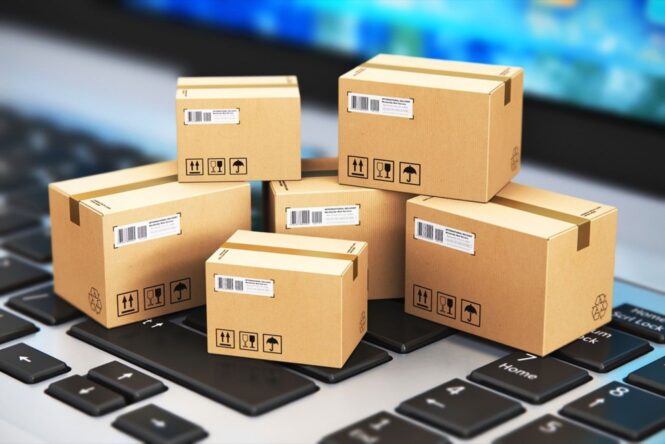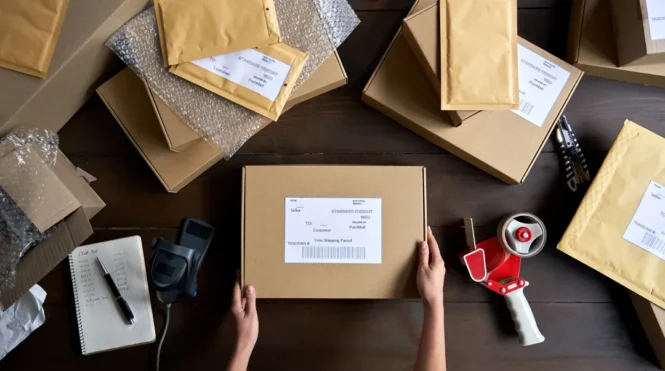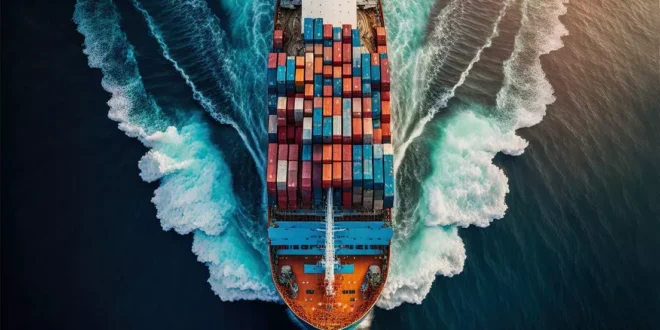Shipping high-value items can be a nerve-wracking experience for both businesses and individuals. Whether it’s precious jewelry, delicate artwork, or valuable collectibles, ensuring the safe delivery of these items is of utmost importance. This is where couriers play a vital role. Couriers offer specialized services that prioritize security and provide the necessary expertise to handle and transport high-value items with utmost care.
From proper packaging and protection to insurance coverage and specialized handling, you need some tips that will help you navigate the complexities of shipping valuable goods. In this article, we will explore the top five tips for shipping high-value items and highlight why couriers are essential in this process.
1. Specialized handling

When it comes to shipping high-value items, expertise in specialized handling and implementation of stringent security measures is crucial. These precautions ensure the safe transit of valuable goods from the moment they are picked up until they reach their destination.
Trusted courier services understand the fragility and sensitivity of delicate and high-value items. They are equipped with the necessary knowledge and experience to handle such goods with the utmost care, minimizing the risk of damage during transit.
Reputable courier services prioritize the security of high-value shipments. They implement a range of security measures, including tamper-evident packaging, tracking technologies, and strict chain of custody protocols. These measures provide assurance and protect valuable items throughout the shipping process.
By entrusting your high-value items to reputable courier services, you can benefit from their specialized handling expertise and the robust security measures they have in place. For more information on reliable courier services, you can visit www.losangelescouriers.com.
2. Proper packaging
Proper packaging and protection are essential when shipping high-value items. By taking the necessary precautions, you can minimize the risk of damage or loss during transit.
Choosing the right packaging materials is the foundation of safe shipping. Opt for sturdy boxes or containers that can withstand the rigors of transportation. Consider the size and weight of the item to determine the appropriate packaging size. Using materials such as corrugated cardboard or rigid containers can provide added protection.
Fragile items require extra care to prevent breakage. Utilize suitable cushioning materials such as bubble wrap, packing peanuts, or foam inserts to create a protective layer around the item. This cushioning absorbs shocks and vibrations during transit, reducing the risk of damage.
3. Use tracking

When shipping high-value items, having visibility and real-time updates on the status of the shipment is crucial. Tracking services provided by reputable courier services offer valuable benefits that enhance peace of mind and allow for proactive management.
Tracking high-value shipments provides reassurance by allowing both the sender and recipient to monitor the package’s progress throughout its journey. It offers transparency and visibility, ensuring that the item is on the right path and schedule for timely delivery. Tracking also helps identify any potential delays or issues, allowing for prompt intervention if necessary.
Tracking offers transparency, visibility, and real-time updates, ensuring that you remain informed and prepared throughout the journey.
4. Researching Customs Regulations and Documentation
When shipping high-value items, it is crucial to familiarize yourself with the customs regulations and documentation requirements of the destination country. Each country has its own set of rules and regulations regarding imports, which can include restrictions on certain items, duties, and taxes. By conducting thorough research, you can ensure a smooth and hassle-free shipping process.
Start by identifying the specific customs regulations of the country you are shipping to. Look for official government websites, customs agencies, or reputable shipping resources that provide accurate and up-to-date information.
Pay close attention to any restrictions on items such as electronics, precious metals, jewelry, or artwork. Some countries may require special permits or licenses for the import of certain items, so it is essential to be aware of these requirements.
Additionally, familiarize yourself with the documentation needed for customs clearance. This typically includes a commercial invoice, packing list, and a certificate of origin. Make sure you accurately complete all the required forms and provide detailed information about the contents, value, and purpose of the shipment. Failure to provide accurate documentation can result in delays or even seizure of the goods.
5. Using Secure and Tamper-Proof Seals

Protecting your high-value items during transit is of utmost importance. One effective measure is to use secure and tamper-proof seals on your packages. These seals provide an additional layer of security and help deter theft or unauthorized access to your shipment.
There are various types of security seals available, including tamper-evident tape, plastic seals, and metal seals. Choose seals that are difficult to remove without leaving visible evidence of tampering. This can include seals with unique serial numbers or barcodes that can be easily tracked and verified.
When applying the seals, ensure they are placed in a prominent location on the package and are clearly visible. Take note of the seal numbers and keep a record of them for reference. This will help you identify if any tampering has occurred during transit.
6. Understanding Liability and Claims Procedures
Despite taking all necessary precautions, there is still a risk of loss, damage, or theft during shipping. Therefore, it is essential to understand the liability and claims procedures of your chosen shipping provider.
Different shipping providers have varying policies regarding liability for high-value items. Some may offer additional insurance options that provide coverage for loss or damage, while others may have specific limitations on the value of items they are willing to cover. Familiarize yourself with the terms and conditions of the shipping provider and consider purchasing additional insurance to adequately protect your valuable goods.
In the unfortunate event that damage or loss does occur, be sure to follow the claims procedures outlined by the shipping provider. This typically involves documenting the damage or loss with photographs, providing proof of value, and submitting a claim within a specified time frame. Promptly reporting any issues and providing all required documentation will facilitate the claims process and increase your chances of receiving compensation.
 Imagup General Magazine 2024
Imagup General Magazine 2024



